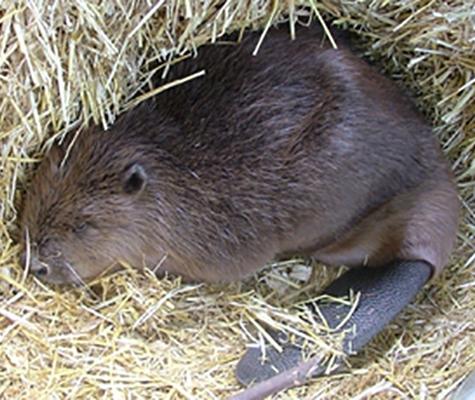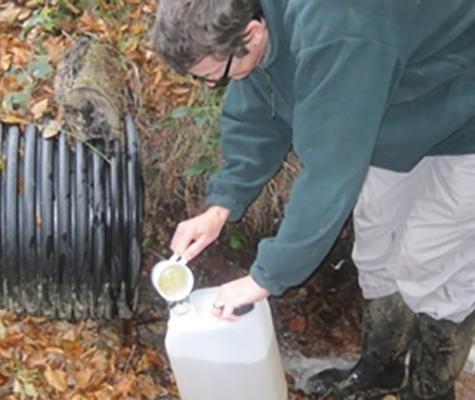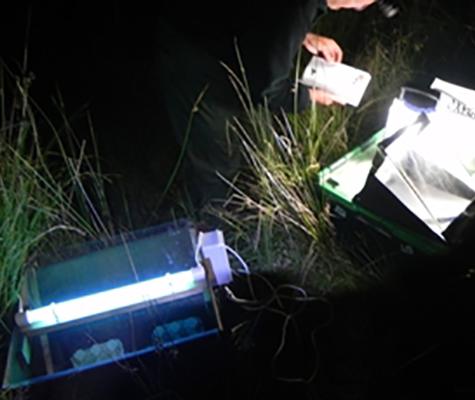Traditionally hunted for their pelts and their perceived medicinal properties, beavers became extinct in England in the 16th Century. The loss of this keystone species from English habitats has resulted in a decline in wetland habitat and the species associated with this nationally-rare ecosystem.
Answering the EU's call for the reintroduction of extinct endemic species, Devon Wildlife Trust set up an experiment in a 2.8ha area in North Devon to observe the impact beavers could have on biodiversity and the famous Culm grassland. A pair of beavers was set free in their enclosure in March 2011, complete with artificial lodge, and the effect of these animals on the environment was almost immediate.
The beavers set about engineering a complex system of dams, ponds and canals; all of which help the animal to protect itself from predators or facilitate the movement of building materials around their lodge. The dams create standing water and shallow pools, which help to support a large number of species that depend on this type of ecosystem, such as the common frog.
Recently, the creatures have broadened their scope and have started to eat the young willow and scrub that encroaches on the Culm grassland, helping to control these invaders on the grassland and illustrating the beavers usefulness as a conservation tool. With the beavers established and thriving in their new home, DWT will continue to monitor them and their impact, using water quality, biodiversity and other factors as indicators, ultimately collating this information with other beaver reintroduction projects around the country via the England Beaver Reintroduction forum.


